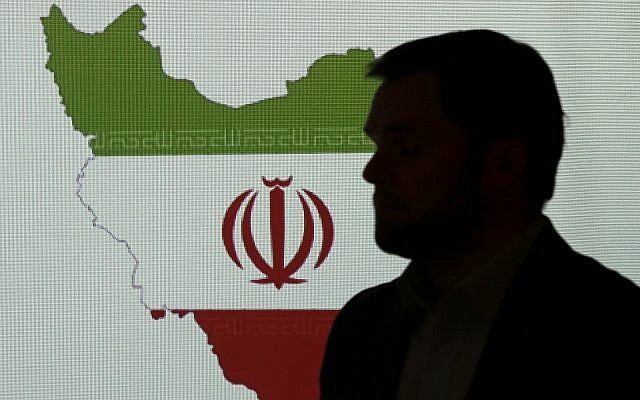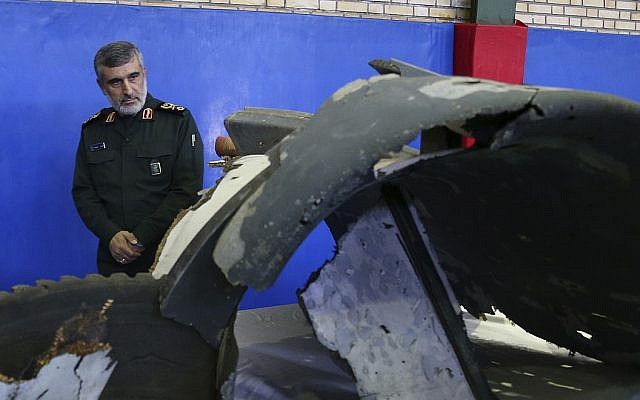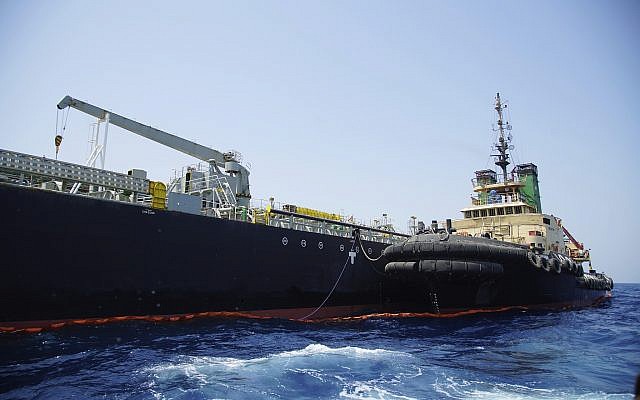New York Times says American hack wiped out critical data base used by Revolutionary Guards; Tehran still struggling to restart system

The United States attacked and disabled a critical Iranian data base used to target oil tankers in the Persian Gulf, the New York Times reported Wednesday, citing several US security officials.
The cyber strike on the Islamic Revolutionary Guards’ intelligence group diminished Iran’s ability to conduct covert attacks, the report quoted a senior official as saying.
The US launched the strike in July after Iran shot down an American drone.
US President Donald Trump had called off a military strike 10 minutes it was to be carried out after being told some 150 people could die.
“I didn’t think it was proportionate,” he said in an interview at the time with NBC News’ Meet the Press.

Instead, the US carried out a cyber attack, part of a long-running cyber war between the US and Iran.
The Stuxnet virus, discovered in 2010, is believed to have been engineered by Israel and the US to damage nuclear facilities in Iran. And Tehran is believed to have stepped up its own cyber capabilities in the face of US efforts to isolate the Islamic Republic.
The report said that though the effects of the most recent operation were designed to be temporary, they have lasted longer than expected and Iran is still trying to repair critical communications systems and has not recovered the data lost in the attack, officials said.
However, some US officials were critical of the cyber attack, saying that in carrying it out, the US had lost access to the Revolutionary Guard’s network and exposed some of its capabilities.
The New York Times also said earlier reports that the hack targeted Iran’s ability to launch missiles was incorrect.
The report said Iran has yet to respond to the cyber attack.

Iran has denied previous reports it was the victim of a cyber attack in the wake of the drone downing.
Tensions between the US and Iran soared after Trump unilaterally withdrew America from Iran’s 2015 nuclear deal with world powers over a year ago. In the time since, Iran lost billions of dollars in trade previously allowed by the deal as the US re-imposed and created sanctions largely blocking Tehran from selling crude oil abroad — a crucial source of hard currency for the Islamic Republic.
In July Gibraltar seized an Iranian tanker, Grace 1, believed to be on its way to Syria with a sanctions breaking shipment. Iran has since changed the boat’s name to the Adrian Darya. and the vessel was released.
Meanwhile, Iran continues to hold the British-flagged oil tanker Stena Impero, which it seized in a commando-style raid July 19 after the taking of the Adrian Darya. Analysts suggested the release of the Adrian Darya would see the Stena Impero released, but that has yet to happen.
As reported by The Times of Israel
